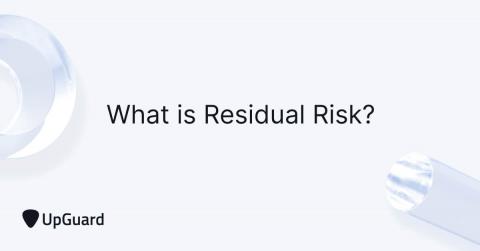Security | Threat Detection | Cyberattacks | DevSecOps | Compliance
Vulnerability
Detecting and Mitigating CVE-2021-25737: EndpointSlice validation enables host network hijack
The CVE-2021-25737 low-level vulnerability has been found in Kubernetes kube-apiserver where an authorized user could redirect pod traffic to private networks on a Node. The kube-apiserver affected are: By exploiting the vulnerability, adversaries could be able to redirect pod traffic even though Kubernetes already prevents creation of Endpoint IPs in the localhost or link-local range.
OWASP Top 10: Insufficient Logging & Monitoring Security Vulnerability Practical Overview
Insufficient Logging and Monitoring differs somewhat from the previous 9 risks. While it cannot lead to a direct intrusion, this risk is that you fail to detect the intrusion in a timely manner, a failure that can cost millions.
OWASP Top 10 in 2021: Security Logging and Monitoring Failures Practical Overview
Security Logging and Monitoring Failures is #9 in the current OWASP top Ten Most Critical Web Application Security Risks.
How to protect your Wi-Fi devices from new FragAttacks vulnerabilities
Fragmentation and aggregation attacks (FragAttacks) are WLAN vulnerabilities discovered by Mathy Vanhoef, who created this webpage to provide more information about them. Three of these vulnerabilities are 802.11 specification design flaws, and they are probably as old as the 802.11 specification itself. Aggregation was added in 802.11n, which means this vulnerability has been in the design for over 10 years. Nine of these vulnerabilities are implementation flaws.
What is Residual Risk? Why it Matters So Much in 2021
Residual risk is the threat or vulnerability that remains after all risk treatment and remediation efforts have been implemented. Even with an astute vulnerability sanitation program, there will always be vestiges of risks that remain, these are residual risks. Because they will always be present, the process of managing residual risk involves setting an acceptable threshold and then implementing programs and solutions to mitigate all risks below that threshold.
What's new and changed in CIS CSC version 8 - IG1
On May 18th 2021, the Center for Internet Security (CIS) released version 8 of the Critical Security Controls (CSC) - a business and technology agnostic set of recommendations that all organizations should consider and follow to prevent the most prevalent and dangerous attacks. In this blog series we discuss the ins and outs of the new guidance to get you up to speed with v8.
Credit Strategy Fireside Chat - Vulnerable data with Ryan Pullen
Testing for PHP Composer security vulnerabilities with Snyk
PHP is used extensively to power websites. From blogging to ecommerce, it’s embedded in our everyday lives and powers much of the internet we use today. According to a Wappalyzer report on top programming languages of 2020, PHP has a 79% market share of backend languages used on the internet today. One of the biggest challenges with PHP libraries over the years has been package management. There have been a few ways to easily install and maintain libraries including PECL, CPAN.
Top 5 Cybersecurity Threats and Vulnerabilities in 2021
As the pandemic starts to fade, it can be easy to fall into a false sense of security. While there’s finally an end to COVID-19 insight, the cybersecurity pandemic rages on. 2020 was a record year for cybercrime, and the same threats will plague 2021. Amid the disruptions of 2020, many businesses embraced remote work, cloud services, and IoT technologies. These changes, in turn, led to a shifting cybersecurity landscape as cybercriminals adapted and new threats emerged.











